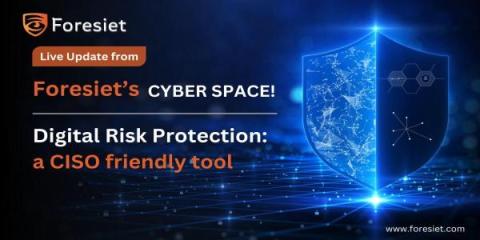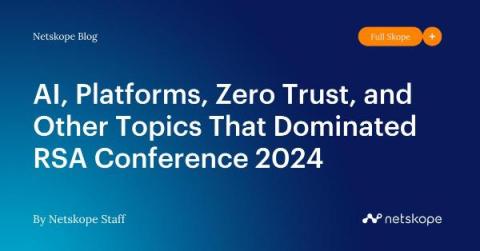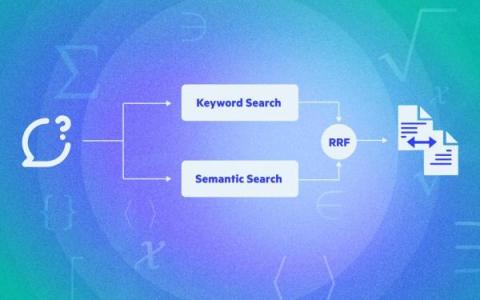Digital Risk Protection: a CISO friendly tool
Explore how Digital Risk Protection can benefit Chief Information Security Officers (CISOs) in safeguarding their organizations against online threats. Understanding Digital Risk Protection Digital Risk Protection refers to the set of tools and strategies used to identify, monitor, and mitigate digital risks that organizations face in today's digitally connected world. These risks can include data breaches, cyber-attacks, brand impersonation, and other online threats.










